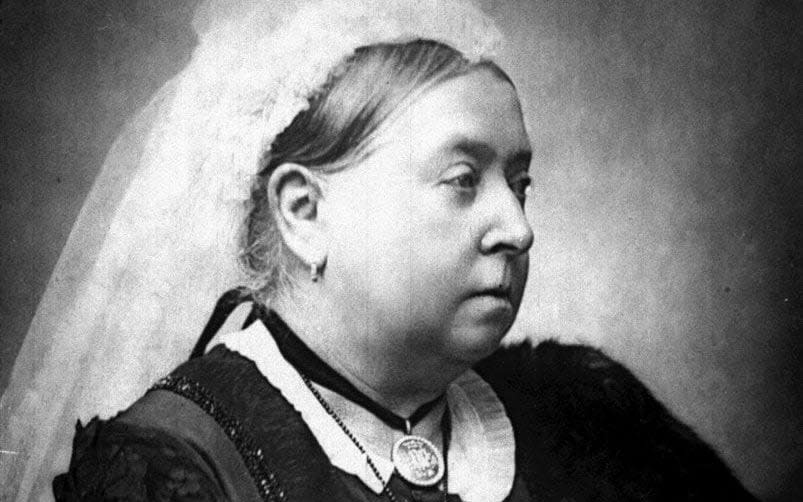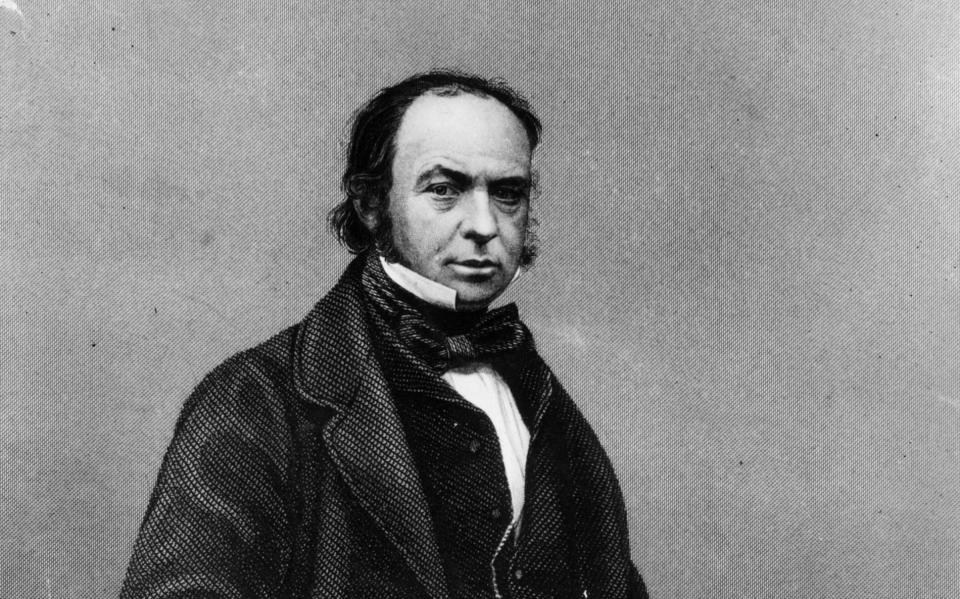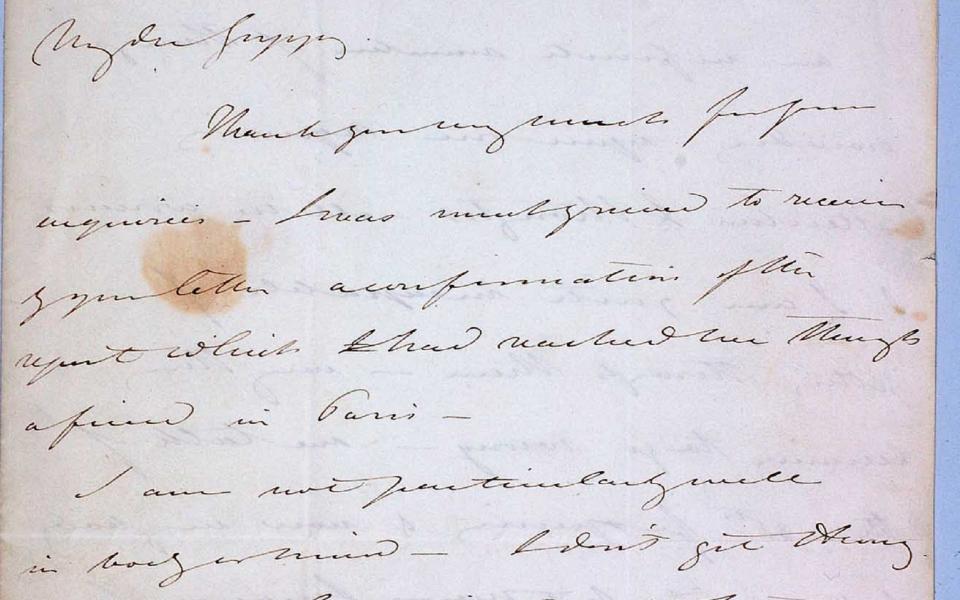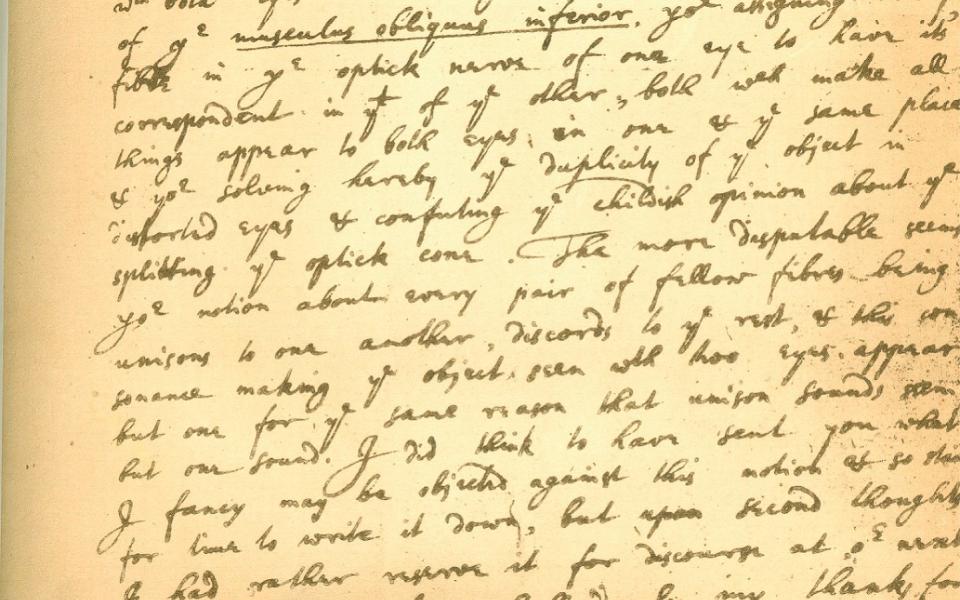Does your handwriting mark you out as a Great Briton?

If you’re handwriting slants to the right, and you cross your ‘t’s with a flourish, you might be pleased to learn that you are in distinguished company.
A study of the penmanship of Great Britons such as Isaac Newton, Florence Nightingale and Queen Victoria, show they share a striking number of ‘character’-istics.
Graphologist Tracey Trussell, who believes that personality can be determined through handwriting, claims there are remarkable similarities in the way well-known scientists, monarchs and pioneers expressed themselves.
Working with Royal Mail, Trussell analysed letters and notes from the country’s defining figures and found common traits included a narrow right margin, a marked slant to the right and long and high ‘t’ bars.
Most also showed a steady rhythm to their writing, large ‘upper zones’, seen in the high stems of letters ‘b’, ‘d’, and ‘k’, wide, roomy characters, and extravagant ‘lower zones’ such as when writing ‘g’, ‘j’ ‘p’, ‘q’ and ‘y’.

Tracey Trussell, handwriting analyst, said: “Handwriting is like ‘brain writing’ because it comes through the central nervous system. It's a snapshot in time.
“My job is to interpret every swirl, stroke, slant, flourish, space and loop on the paper, enabling the true character of the individual to step off the page.”
“It has been enthralling peeking behind the writing of these Great Britons Graphology is a little bit like piecing together a jigsaw to build a complete picture. While it is difficult to be too prescriptive, these samples have thrown up some strong clues as to what underpins a Great Briton.”
While it is likely to be the sign of a strict education, joined up writing also featured throughout the handwriting samples, with Trussel said reflected a writer’s thinking process and ability to function in social situations. Connected words are indicative of an articulate, logical and adventuress person.

Trussell said the writing of Isambard Kingdom Brunel was a good indication of joined-up writing reflecting his single minded and indomitable spirit. Brunel was involved in a series of engineering feats which revolutionised transport and industry in Victorian England including the first propeller-driven transatlantic steamship, the Thames Tunnel, numerous bridges including the Clifton Suspension Bridge in Bristol and the Great Western Railway.
A sample of his writing from 1838, when he was just 32 years old showed sharp, spiky letters with a marked right slant, fast speed, long and light ‘t’ bars as well as ‘vanity loops, bows and clever collecting strokes.’

Trussell said his script betrayed a wildly ambitious individual but also a realist: “ Isambard Kingdom Brunel was outspoken, assertive, hard lined and highly persuasive, yet with diplomatic aplomb.
“He had a mature attitude, a self-disciplined, indomitable nature, a common sense pragmatic approach, and was an extraordinarily clear thinking man - open-minded, long-sighted and perceptive - with the ability to grasp essentials and follow through his logical thought processes.”
A sample taken from Queen Victoria in 1858 when she was 39 years old showed among other traits, a marked right slant, fast speed, a stilted quality, long high and some crucifix t-bars, wide ink-filled or flooded ovals and vanity loops.
“The 'stilted' quality of her writing, where the natural rhythmic flow of the handwriting is restrained or held back in check, demonstrates on paper the control, repression and self-discipline the writer was placing on her natural enthusiasm, communion or rapport with life,” added Trussell.
“She needed structure and security in her life - she couldn't cope with change. She also didn't like making mistakes or getting anything wrong.”

Likewise the writing of Isaac Newton, the mathematician, astronomer and physicist, when he was 40 years old in 1682 revealed huge 'I's,a large signature and elaborate capital letters.
“Isaac also had a big ego and loved showing off his superior knowledge. He was self-important - locked into who he was - and sometimes he acted quite bizarrely, petulantly, completely 'out of character', in order to indulge himself and get the attention and recognition he craved,” said Trussell.

In contrast, Florence Nightingale's hand revealed a ‘fair and diplomatic’ individual who was always ‘wanting to do good deeds, always with people’s best interests at heart. Nightingale, who lived between 1820 and 1910 was a social reformer, statistician and the founder of modern nursing.
In all, ten different handwriting samples were analysed with other Great Britons including Claudia Jones, the founder of the Notting Hill Carnival, compose and writer Ignacio Sancho, x-ray pioneer Rosalind Franklin, Ignatius Sancho, feminist and women’s rights campaigner Millicent Fawcett, naturalist and geologist Charles Darwin, and prison reformer Elizabeth Fry.
David Gold, Director of Public Affairs & Policy at Royal Mail, said: “It is amazing to think that something we do every day can reveal so much about us. There have been many Great Britons throughout the years and we hope this list helps identify the next Great Britons.”

 Yahoo News
Yahoo News 
